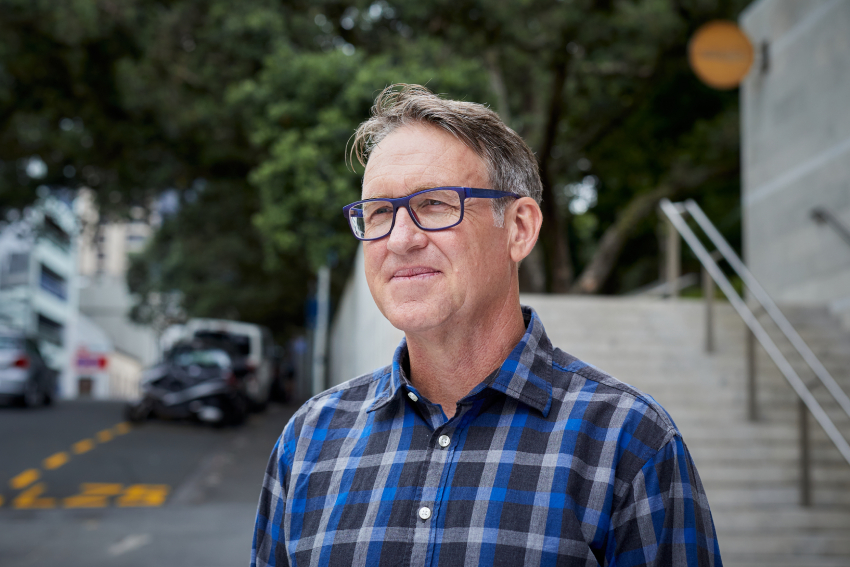A ‘new normal’ for Pacific Tourism
Simon Milne
08 Jun 2020

Amidst the global impact of COVID-19, the time is now for the Pacific Islands to re-think and re-shape tourism to ensure more sustainable futures for host communities, says Simon Milne, Professor of Tourism at AUT and Director of the New Zealand Tourism Research Institute (NZTRI).
In just a few months, the world has seen global tourism grind to a halt. Pacific Island Countries (PICs) have made the hard call to close international borders and to ‘batten down the hatches’ in the hope of avoiding the terrible repercussions seen elsewhere. Tourism’s critical importance to the region means that it is simply unthinkable to turn our backs on the industry. There is no question, however, that the global nature of this pandemic, and the fact that travel itself is the prime vector, means that we will not see a return to ‘normal’. Now is the time to reimagine what tourism can look like in the Pacific region: What strengths can be built on? Where might new opportunities lie?
One important strength lies in the fact that many PICs have restarted tourism industries in the wake of devastating disasters. Experience in the need for a unified approach to rebuilding tourism is a major asset. Another positive is that, in this instance, the region’s prized regional tourism assets remain largely unscathed, including infrastructure, strong and adaptable work forces and environmental and cultural resources.
One immediate ‘silver lining’ lies in the fact that many PICs are COVID-19 free, or close to it. ‘COVID-free’ will be a precious marketing asset in the times ahead. This status also opens opportunities for small scale
domestic tourism to provide a lifeline for some tourism businesses. COVID-free also opens the possibility of international ‘travel bubbles’ enclosing Pacific destinations and key regional source markets that also eliminate the virus.
The shift to a smaller scale industry means it will be vital to create higher value outcomes from every visitor. This does not mean focusing solely on the world’s wealthy. What it does mean is making the most out of every market opportunity – whether it be backpackers or yacht-based billionaires. It is critical to use robust data to identify the markets which will drive the initial come back of the sector, including often neglected segments such as business and ‘visiting friends and relatives’. Among holiday travellers, it is essential to identify less risk averse segments and to add value to the experiences they seek. While sun, sand and sea will always remain essential ingredients, true value generation will come through cultural, heritage and community-focused experiences that strengthen economic linkages and build unique destination identity.
Most importantly we must ensure that tourism’s ‘new normal’ truly benefits host communities. If tourism generates improved quality of life and sustainable development, then communities will work for and support tourism. We must never forget that for the foreseeable future while the people of the Pacific have much to gain from a resurgence in tourism, they also potentially have everything to lose.